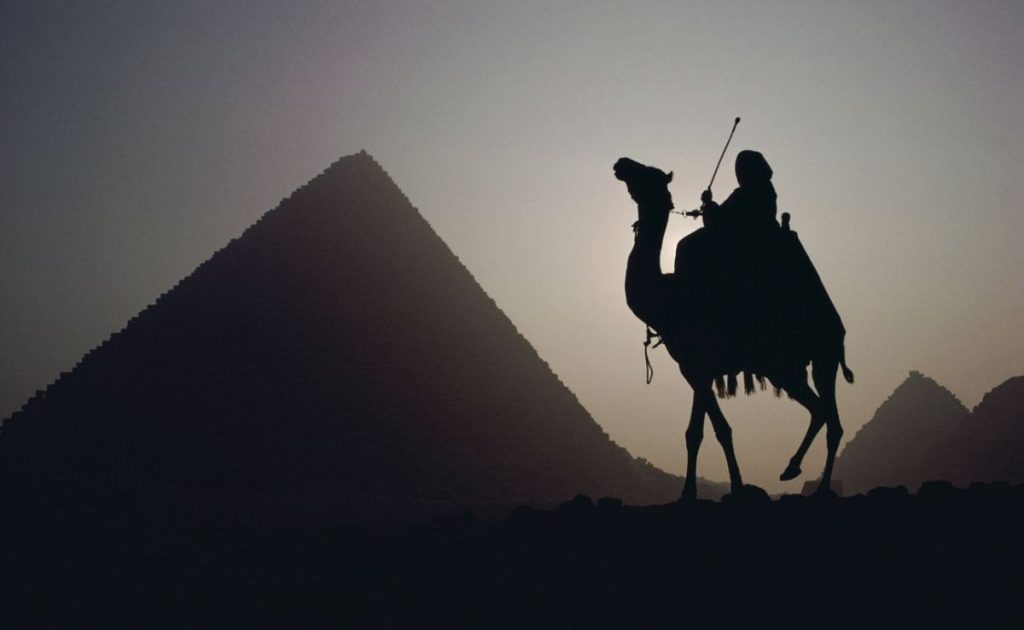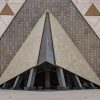Introduction
Have you ever stood in awe at the base of the Great Pyramid, pondering who could have built such colossal structures? Let’s dive into the era of the Old Kingdom Pharaohs and uncover their monumental achievements! If you’re eager to witness these marvels firsthand, check out our Pyramids of Giza, Sphinx, Egyptian Museum, and Khan el-Khalili Tour for an immersive experience.Imagine a time when the sun god Ra reigned supreme in the heavens, and the land along the Nile was unified under a single powerful ruler. This was the Old Kingdom of Egypt, often referred to as the “Age of the Pyramids,” spanning from around 2686 to 2181 BCE. It was a period marked by extraordinary advancements in architecture, art, and statecraft, with Pharaohs leaving a legacy that would shape the very identity of Egypt for millennia.The Old Kingdom is etched into history not just by the towering pyramids but by the profound impact these Pharaohs had on Egyptian civilization and architecture. Their innovations and leadership laid the foundations for what we now celebrate as one of the greatest civilizations of the ancient world.
1. The Formation of the Old Kingdom Pharaohs
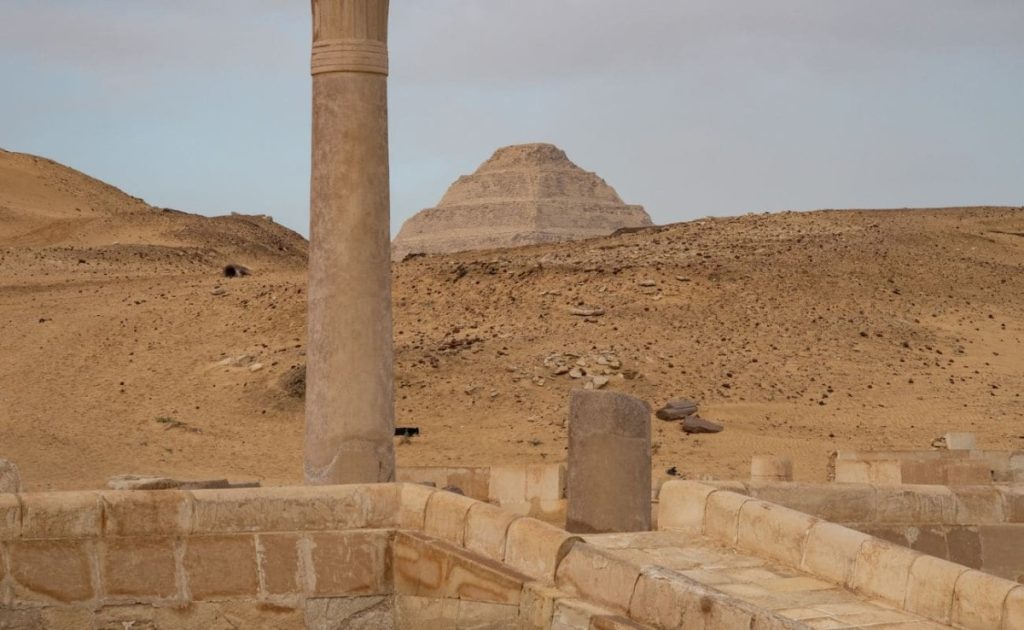
Under Djoser’s rule, Egypt was unified both geographically and culturally. The centralized administration he established became a model for subsequent Pharaohs, ensuring that the wealth and resources of the Nile could be harnessed to support grand construction projects, religious rituals, and the daily needs of the populace.
But Djoser’s pyramid was more than just a tomb; it was a symbol of divine power and a testament to human ingenuity. Standing six steps high, it was the tallest structure of its time, dominating the landscape and inspiring awe. It was here that the tradition of pyramid-building began, setting a high bar for future generations of Pharaohs.
The rise of the Third Dynasty and the achievements of Djoser paved the way for an era of unprecedented architectural innovation, centralization of power, and cultural flourishing that defined the Old Kingdom Pharaohs. As we move forward, we’ll explore how these early developments set the stage for the construction of the most iconic structures in ancient Egypt: the Pyramids of Giza
2. Architectural Marvels: The Pyramids of Giza
The Pyramids of Giza are among the most recognizable structures in the world, symbolizing the grandeur and architectural prowess of the Old Kingdom Pharaohs. (Visit these iconic structures on our Group Day Tour: Pyramids of Giza and Sphinx.)Imagine standing on the Giza Plateau, with the golden sands of the desert stretching endlessly around you. As you gaze up, three colossal pyramids dominate the skyline, each one a testament to the ambition and power of the Pharaohs who commissioned them. These are the pyramids of Khufu, Khafre, and Menkaure, built during the Fourth Dynasty of the Old Kingdom Pharaohs.The Great Pyramid of Giza, constructed under Pharaoh Khufu (also known as Cheops), is the most magnificent of them all. Picture the scene thousands of years ago: tens of thousands of laborers, craftsmen, and engineers working tirelessly under the searing Egyptian sun. They moved massive limestone blocks, each weighing several tons, with nothing but sheer human effort and ingenious techniques. This pyramid, originally standing at 146.6 meters (481 feet), was the tallest man-made structure in the world for over 3,800 years.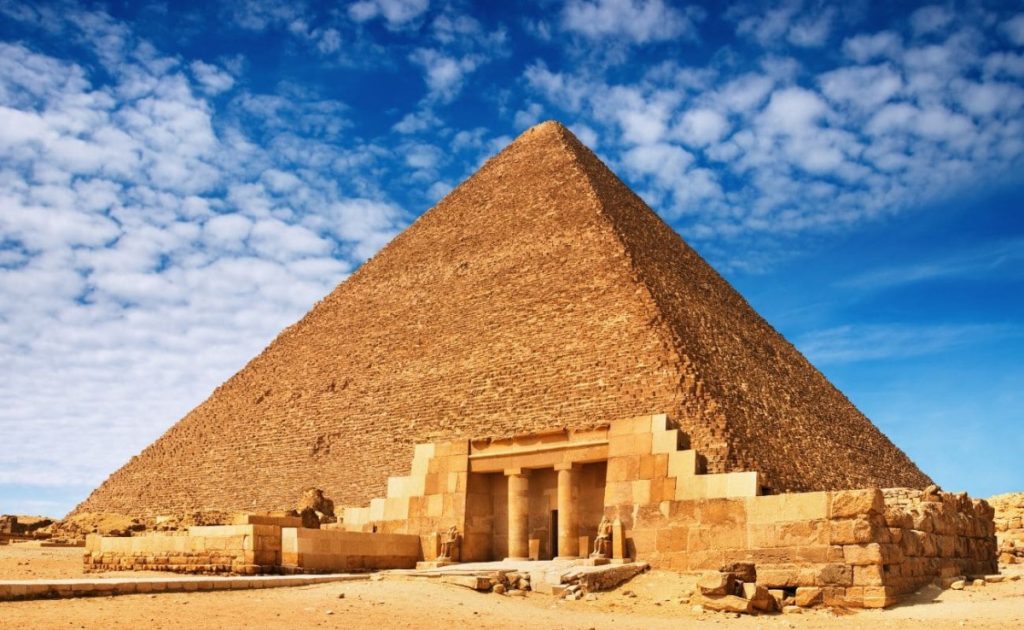
Khufu’s pyramid is not just an architectural marvel; it’s also a masterpiece of precision. The alignment of the pyramid with the cardinal points and its precise dimensions reflect a sophisticated understanding of mathematics and astronomy. It’s as if the builders had a divine blueprint guiding their every move.
Nearby stands the pyramid of Khafre, Khufu’s son. Though slightly smaller, it appears taller because it is built on higher ground and is accompanied by the enigmatic Sphinx, a colossal statue with the body of a lion and the head of a Pharaoh, believed to bear Khafre’s likeness. This guardian of the plateau has watched over Giza for millennia, its silent gaze holding secrets of the ancient world.
The smallest of the three pyramids belongs to Menkaure, Khafre’s successor. Despite its size, Menkaure’s pyramid is no less impressive. It represents the culmination of the skills and knowledge passed down through generations of builders and craftsmen.
These pyramids were not just royal tombs but symbols of the Pharaohs’ divine authority and their connection to the gods. The labor force, often mischaracterized as slaves, were actually a highly organized workforce, comprising skilled laborers who were well-fed and housed. Recent discoveries have shown that these workers lived in nearby camps and were provided with medical care, underscoring the importance of their role in society.
As we delve deeper into the Old Kingdom Pharaohs, it becomes evident that these architectural feats were more than just grandiose projects; they were expressions of a civilization’s peak, reflecting advancements in engineering, organization, and artistry. The Pyramids of Giza stand as enduring monuments to the ingenuity and vision of the Old Kingdom Pharaohs.
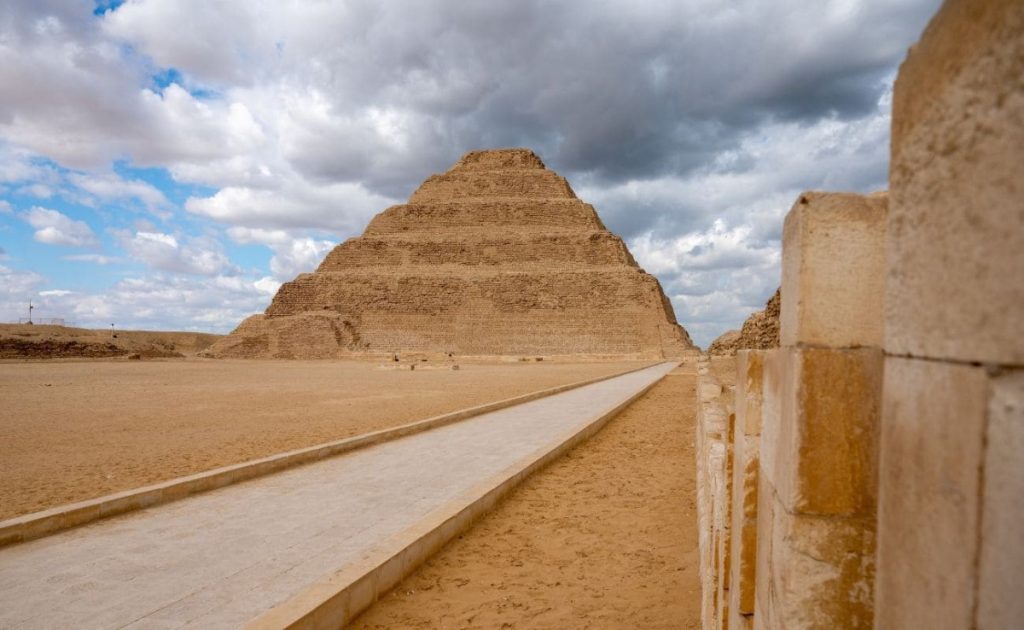
3. Old Kingdom Pharaohs and Their Contributions to Civilization
While the pyramids are the most visible legacies of the Old Kingdom Pharaohs, their contributions to Egyptian civilization extend far beyond architecture. (Discover the broader impact of these Pharaohs on our The Egypt Royal Vacation Tour.)
Consider the reign of Pharaoh Sneferu, Khufu’s father, who is often credited with perfecting the art of pyramid-building. Sneferu was a true innovator, experimenting with different pyramid designs. His reign saw the construction of at least three major pyramids: the Meidum Pyramid, the Bent Pyramid, and the Red Pyramid.
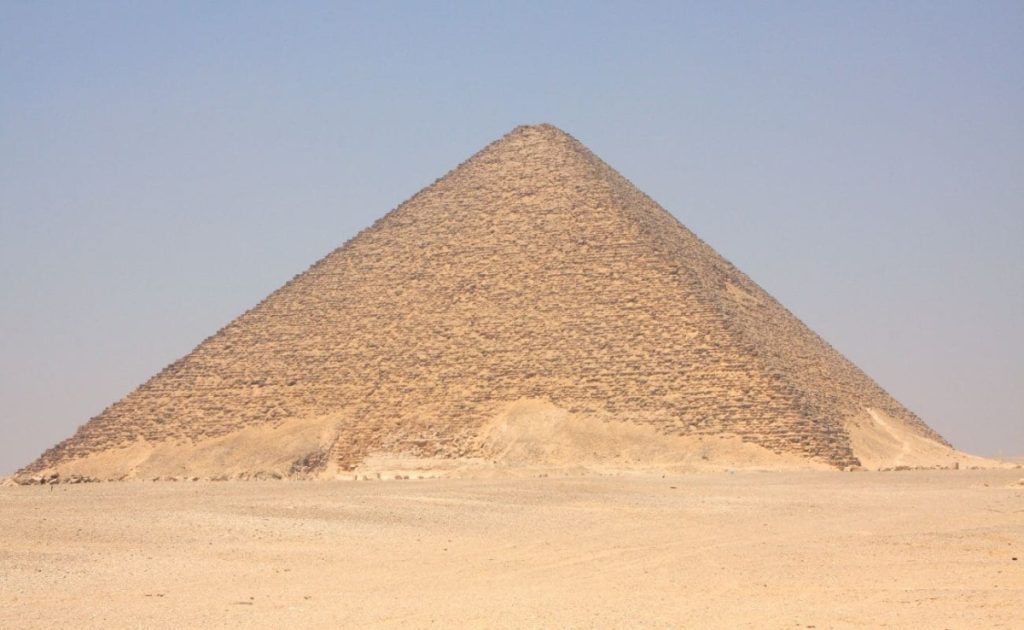
The Meidum Pyramid, initially a step pyramid, was later modified into a true pyramid, though it partially collapsed. The Bent Pyramid at Dahshur, with its unique change in angle halfway up, represents an important learning curve. Finally, the Red Pyramid, also at Dahshur, stands as the first successful attempt at creating a smooth-sided pyramid. Sneferu’s relentless pursuit of architectural perfection paved the way for the grand constructions of his successors.
Then, there is Pepi II, who holds the record for the longest reign of any monarch in history—over 90 years. His reign, though marked by longevity, was a period of significant administrative developments. Pepi II’s long rule necessitated the establishment of efficient bureaucratic systems to manage the resources and governance of the expansive kingdom. His reign saw the increased prominence of regional governors, or nomarchs, whose loyalty was crucial to maintaining the stability of the state.
The Old Kingdom Pharaohs were not merely builders of tombs; they were architects of society, culture, and governance. Their reigns saw the establishment of trade routes, the development of complex religious practices, and the flourishing of arts and literature. The Pyramid Texts, a collection of ancient Egyptian religious texts inscribed in the pyramids of the Fifth and Sixth Dynasties, offer profound insights into the beliefs and rituals of the time. These texts are the oldest known religious writings in the world, providing a window into the spiritual life of the ancient Egyptians.
As we reflect on the contributions of the Old Kingdom Pharaohs, it becomes clear that their legacy is not confined to their monumental tombs. Their innovations in governance, their cultural and religious advancements, and their ability to mobilize and inspire their people have left an indelible mark on history.
4. Cultural and Religious Developments
The Old Kingdom wasn’t just an age of architectural triumphs but also a period rich with cultural and religious advancements that deeply influenced the fabric of Egyptian society. (Dive into the cultural heart of Cairo with our The Grand Islamic Cairo Day Tour.)
Imagine the vibrant life of an ancient Egyptian city during the Old Kingdom, bustling with activity. Temples, markets, and homes thrummed with daily routines, yet, beneath this hum of life, profound cultural and religious changes were taking shape. These developments weren’t just the background of the Old Kingdom; they were the soul of it.
Let’s travel back to the time of Pharaoh Djoser and his grand vizier, Imhotep. Djoser was more than just a ruler; he was considered a living god, a belief system that anchored the Old Kingdom’s society. Under his reign, the religious landscape began to shift significantly. Imhotep, known for designing the Step Pyramid, also served as a high priest, blending the lines between the divine and the mortal realms. This era saw the birth of monumental stone architecture, but it was also the dawn of significant religious transformation.
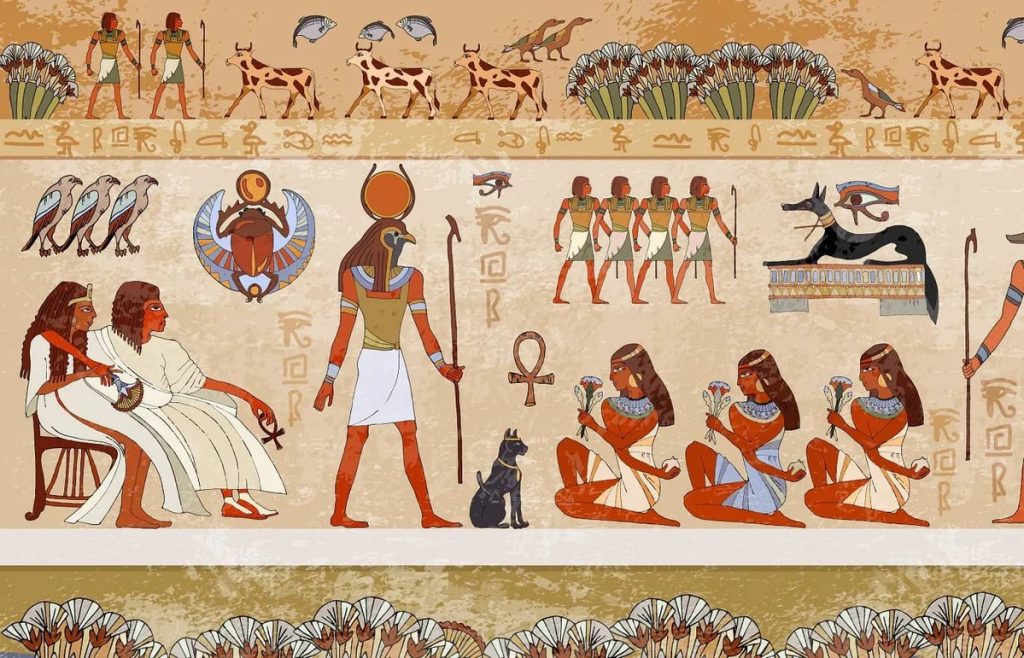
The development of the sun cult under Pharaohs like Userkaf of the Fifth Dynasty marked another major shift. Imagine standing in the courtyard of a sun temple, the air heavy with the scent of incense, the walls adorned with intricate carvings depicting the sun god Ra. The Pharaohs were believed to be the sons of Ra, and their power was both political and divine. These temples were not merely places of worship but centers of power and governance, reflecting the profound interconnection between religion and state.
Art and literature flourished during this time as well. The Pyramid Texts, found in the pyramids of Pharaohs Unas and Teti, are the oldest religious writings known. Picture the inside of these ancient structures: the walls covered with hieroglyphs detailing spells and prayers intended to guide the Pharaohs through the afterlife. These texts provide a rich tapestry of the beliefs and values that shaped the Old Kingdom, offering us a glimpse into the spiritual lives of the ancient Egyptians.
Art, too, told stories of gods and men. The statues, reliefs, and frescoes from this period are not merely artistic achievements; they are historical documents, capturing the essence of a civilization at its zenith. From the serene visage of Khafre enthroned with the protective wings of Horus at his back to the dynamic depictions of daily life in noble tombs, these artworks speak volumes about the values and priorities of the Old Kingdom.
Religious festivals and ceremonies played a crucial role in unifying the people and reinforcing the Pharaoh’s divine authority. Imagine the grandeur of the Opet Festival, with processions of priests, lavish offerings, and the resonant chants of hymns. These events were not only religious but also social gatherings that strengthened community bonds and the centralized power of the Pharaoh.
The Old Kingdom’s cultural and religious advancements laid the groundwork for the rich and complex tapestry of Egyptian civilization. They were not just about building grand structures but also about crafting a lasting legacy that intertwined the divine with the daily lives of the people.
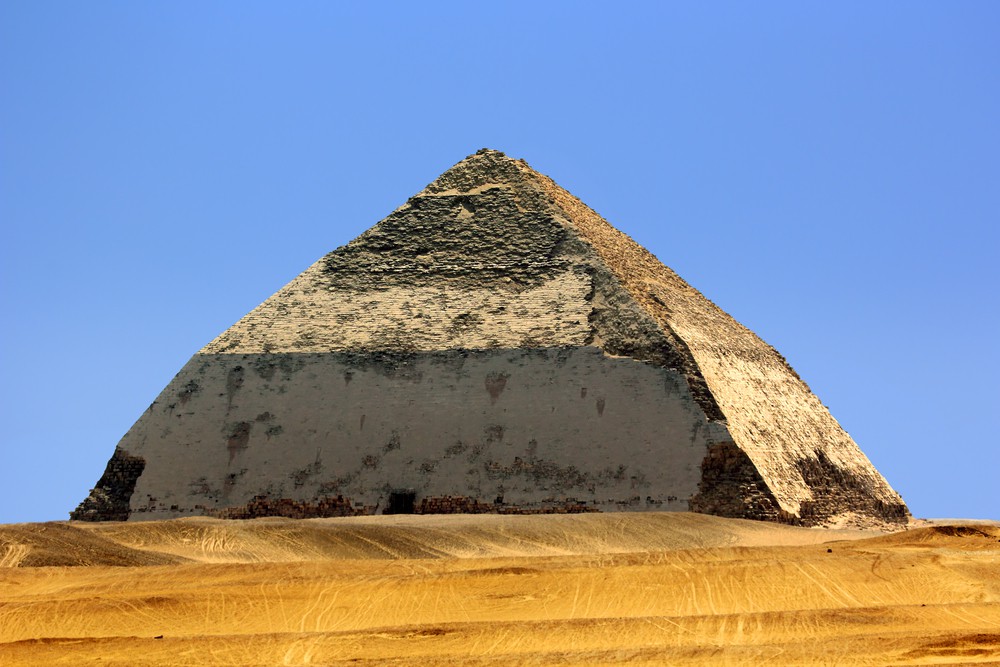
5. The Decline of the Old Kingdom
The decline of the Old Kingdom was marked by a combination of internal strife, economic troubles, and the weakening of central power, signaling the end of an era. (For a detailed exploration of Cairo’s historical evolution, join our Full Day Trip to Cairo by Plane from Luxor.)
As we move from the height of the Old Kingdom’s achievements, a different picture begins to emerge. The once-stable and powerful centralized government started to show cracks. Imagine the royal court at Memphis, once the heart of the kingdom’s administration, now facing growing challenges from all corners of the realm.
Pharaoh Pepi II’s exceptionally long reign, which initially brought stability, eventually contributed to the decline. Think about the impact of a single ruler’s prolonged rule over nearly a century. By the end of Pepi II’s life, the kingdom was facing unprecedented challenges. The economic strain of maintaining such an extensive and complex bureaucracy began to take its toll. Resources were stretched thin, and the once-prosperous state coffers started to dwindle.
The role of the nomarchs, or regional governors, became increasingly significant. Initially appointed by the Pharaohs to manage different regions, these officials gradually amassed more power. Picture a powerful nomarch in Upper Egypt, wielding significant influence and resources, slowly becoming more autonomous and less loyal to the central authority. This decentralization of power weakened the Pharaoh’s control and contributed to political instability.
Natural disasters also played a role. Imagine years of low Nile floods, leading to poor harvests and famine. The Nile, the lifeblood of Egypt, no longer provided the abundant resources it once did. These environmental factors exacerbated the already strained economy, leading to further internal strife and dissatisfaction among the populace.
The combination of these factors—political fragmentation, economic troubles, and environmental challenges—culminated in the decline of the Old Kingdom. The once unshakable belief in the divine authority of the Pharaohs began to erode. The grand monuments that had symbolized their power and connection to the gods now stood as silent witnesses to a fading era.
As the Old Kingdom came to an end, it left behind a legacy of monumental achievements and profound cultural advancements. Yet, its decline also set the stage for a new chapter in Egyptian history, one that would see the rise and fall of future dynasties, each learning from the triumphs and failures of their predecessors.
Conclusion
As we journey back through the annals of history, the Old Kingdom Pharaohs of Egypt stand out as a defining era of monumental achievements and cultural advancements. We’ve explored the formation of the Old Kingdom, its architectural marvels like the Pyramids of Giza, the significant contributions of its Pharaohs, and the rich cultural and religious developments that flourished during this period. We’ve also delved into the factors that led to its eventual decline, painting a comprehensive picture of this fascinating epoch. (Relive the grandeur of ancient Egypt with our Private Tour: The Grand Old Cairo Tour.)
Reflecting on the enduring legacy of the Old Kingdom, it’s clear that the Pharaohs and their monumental works have left an indelible mark on history. The pyramids, temples, and art that emerged from this time continue to inspire awe and wonder, drawing millions of visitors each year to witness these ancient marvels.
But beyond the physical remnants, the Old Kingdom Pharaohs has gifted us a glimpse into the ingenuity, resilience, and spiritual depth of the ancient Egyptians. Their ability to organize and execute such grand projects, their advances in governance and culture, and their deep connection to the divine—all these aspects invite us to reflect on the human capacity for greatness.
As you ponder the mysteries and innovations of ancient Egypt, consider the question: “What other secrets lie buried beneath the sands, waiting to be uncovered?” The Old Kingdom’s legacy is not just a story of the past; it is a continuous source of inspiration and curiosity. The spirit of exploration and discovery that drove the ancient Egyptians to build their magnificent civilization lives on in each of us.
Let’s continue to explore, learn, and be inspired by the grandeur of the Old Kingdom and its timeless contributions to human history.

